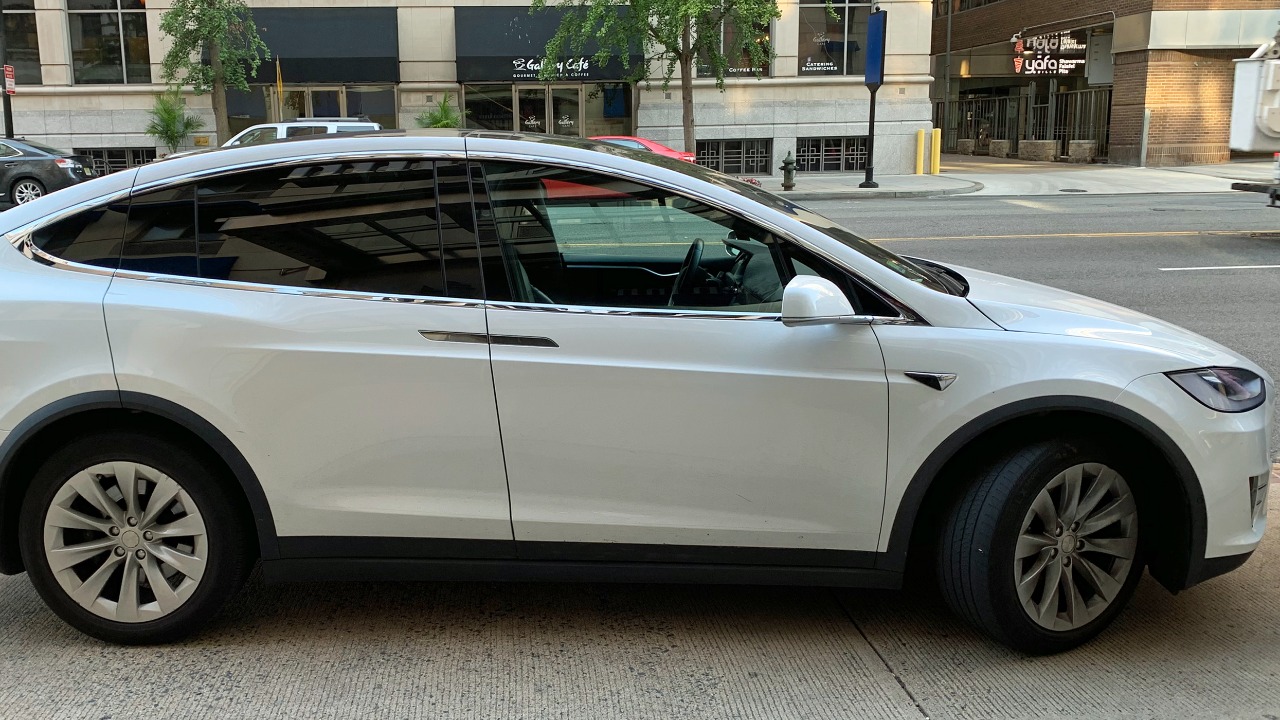
When it comes to SUVs, manufacturers often pack them with cutting-edge features to attract buyers. However, not all of these features are welcomed globally. In fact, some SUV enhancements that are perfectly legal in one country may be considered illegal or even dangerous in another. Here, I delve into seven SUVs with features that have been banned in various countries, shedding light on the diverse automotive regulations worldwide.
Advanced Driver Assistance Systems (ADAS) with Certain Autonomy Levels
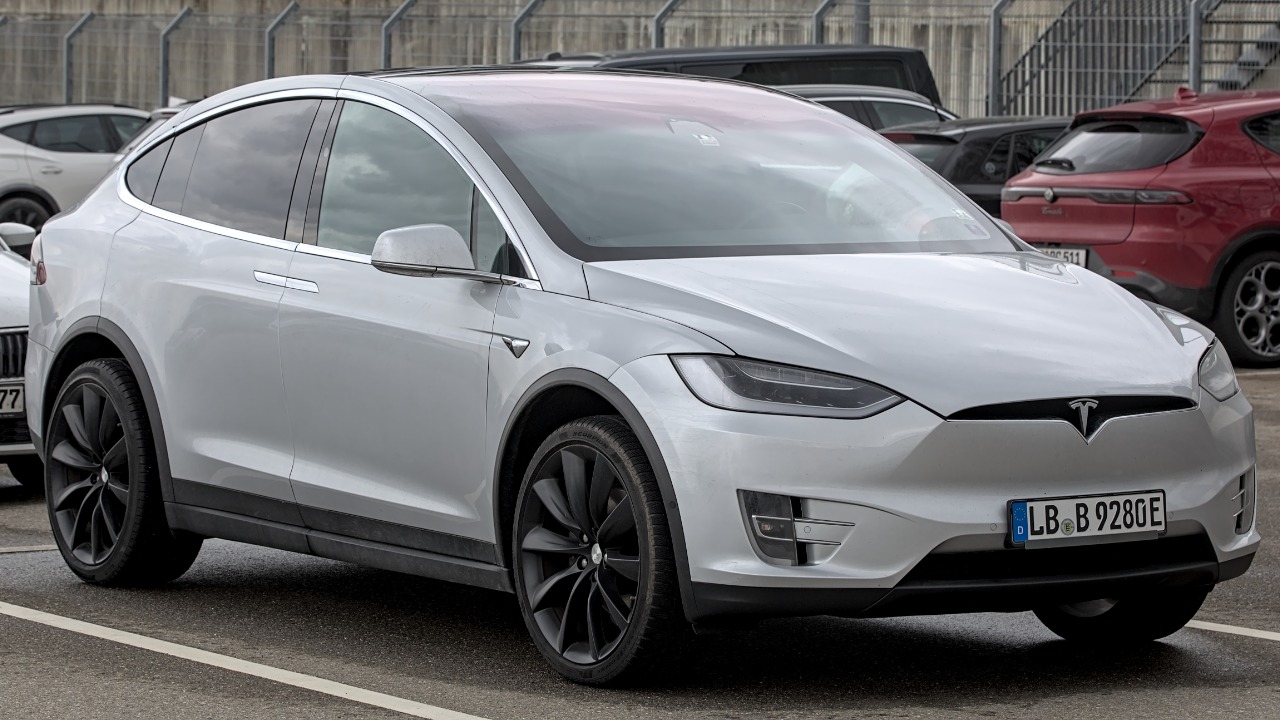
The Tesla Model X stands out with its Advanced Driver Assistance Systems, designed to offer a semi-autonomous driving experience. While these systems are celebrated in regions like the United States, other countries are more cautious. For instance, Germany has imposed strict regulations on the levels of autonomy allowed, citing safety concerns and the need for rigorous testing. This has led to a partial ban on certain autonomy features in the Model X, underscoring the complexities of international automotive regulations.
High-Intensity Discharge (HID) Headlights
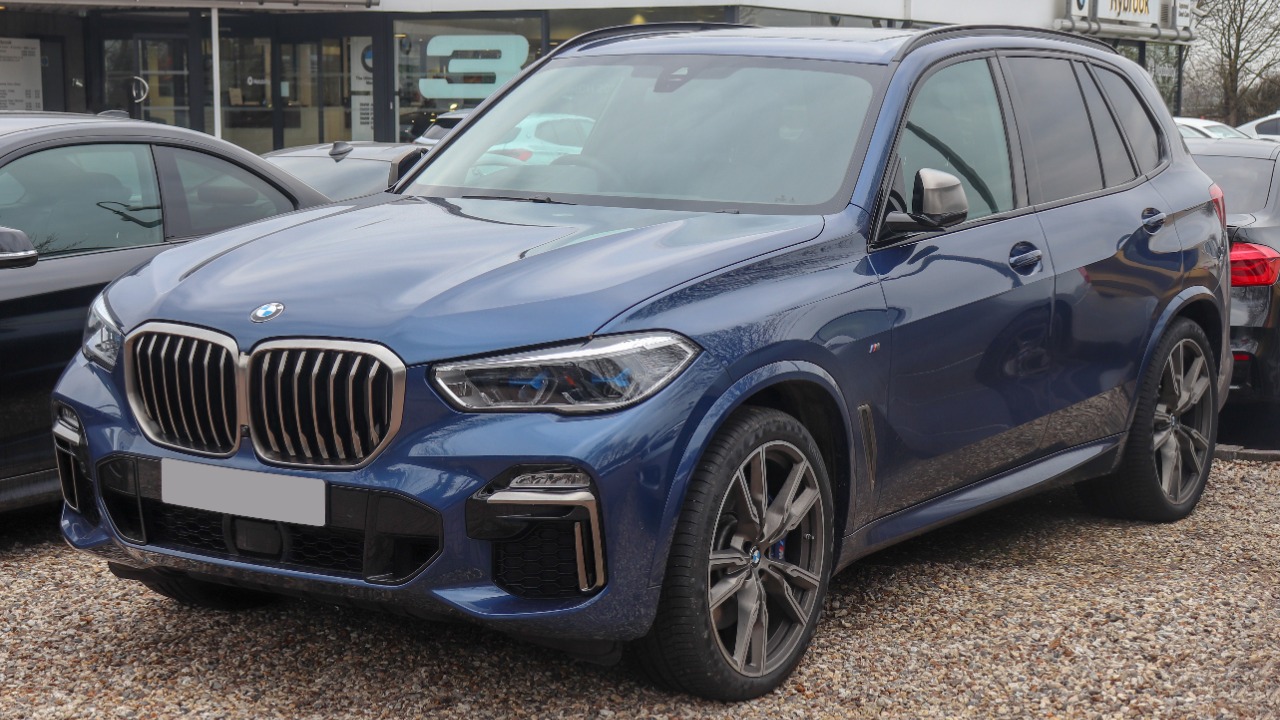
The BMW X5 is renowned for its sleek design and advanced features, including high-intensity discharge (HID) headlights. While these lights offer excellent visibility, they’ve been banned in countries like Australia due to their potential to cause excessive glare, which can lead to accidents. Such regulations highlight the fine line between enhancing safety and maintaining road comfort for all drivers. As technology evolves, the debate over vehicle lighting regulations continues to grow.
Bull Bars and Brush Guards
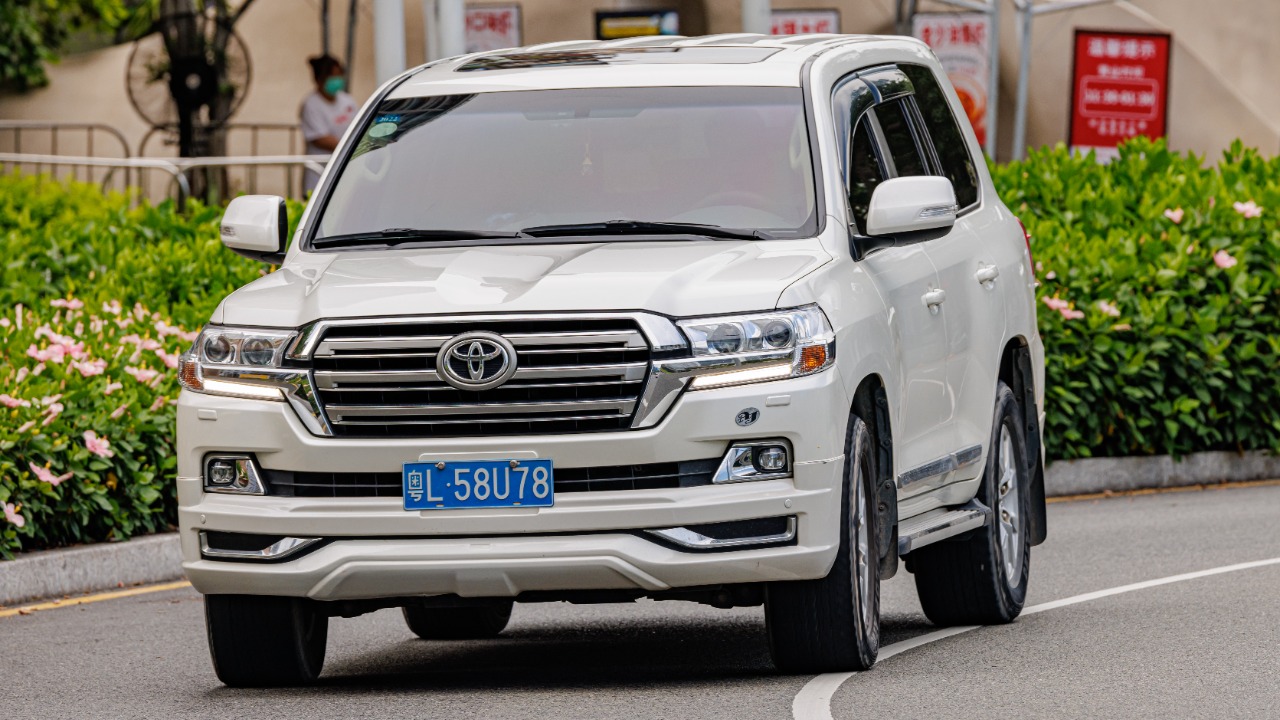
The Toyota Land Cruiser is a popular choice for off-road enthusiasts, often equipped with bull bars and brush guards for added protection. However, these features have faced bans in urban areas of the UK, where they are deemed dangerous to pedestrians in the event of a collision. The ban reflects a growing trend toward prioritizing pedestrian safety over vehicle aesthetics and functionality, a shift that raises questions about the future of vehicle safety standards.
Excessively Dark Tinted Windows
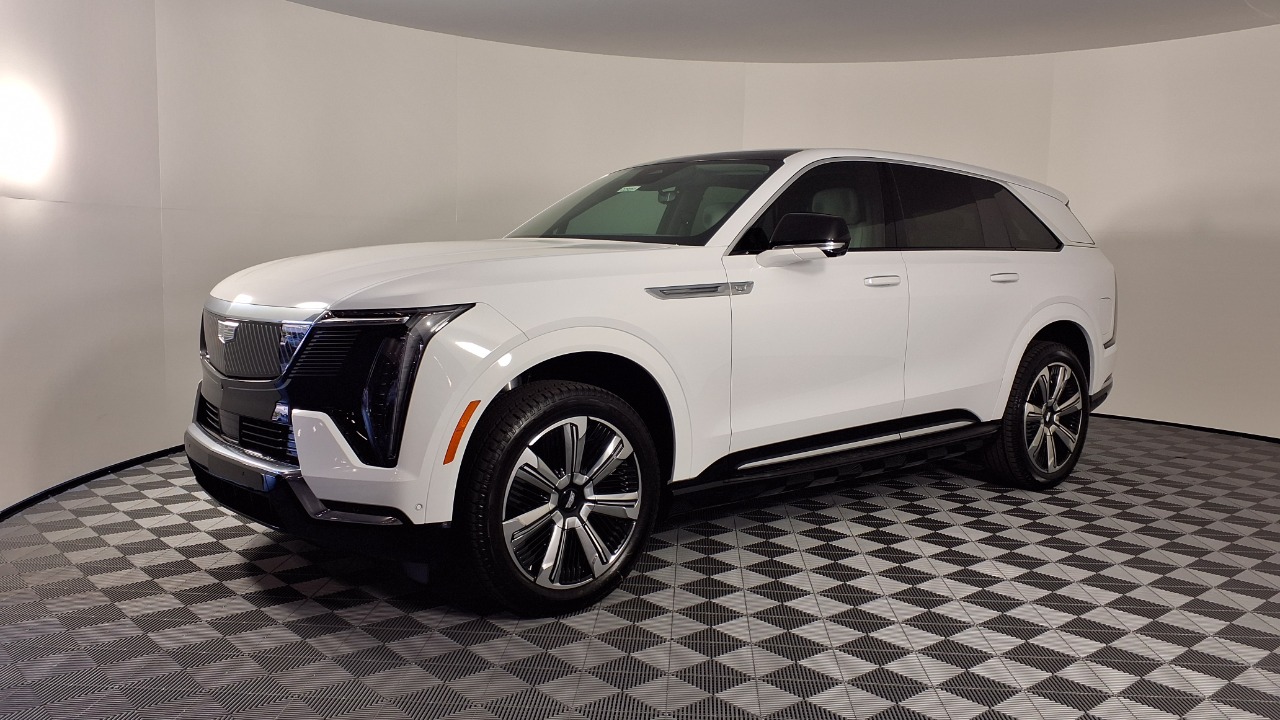
The Cadillac Escalade is synonymous with luxury, often featuring heavily tinted windows for privacy and style. Yet, countries like Japan enforce strict regulations on window tinting, prohibiting excessively dark tints that obscure visibility. These rules are designed to ensure that drivers maintain a clear view of their surroundings, thereby reducing the risk of accidents. Such regulations often spark debates about the balance between personal privacy and public safety.
Aftermarket Exhaust Systems
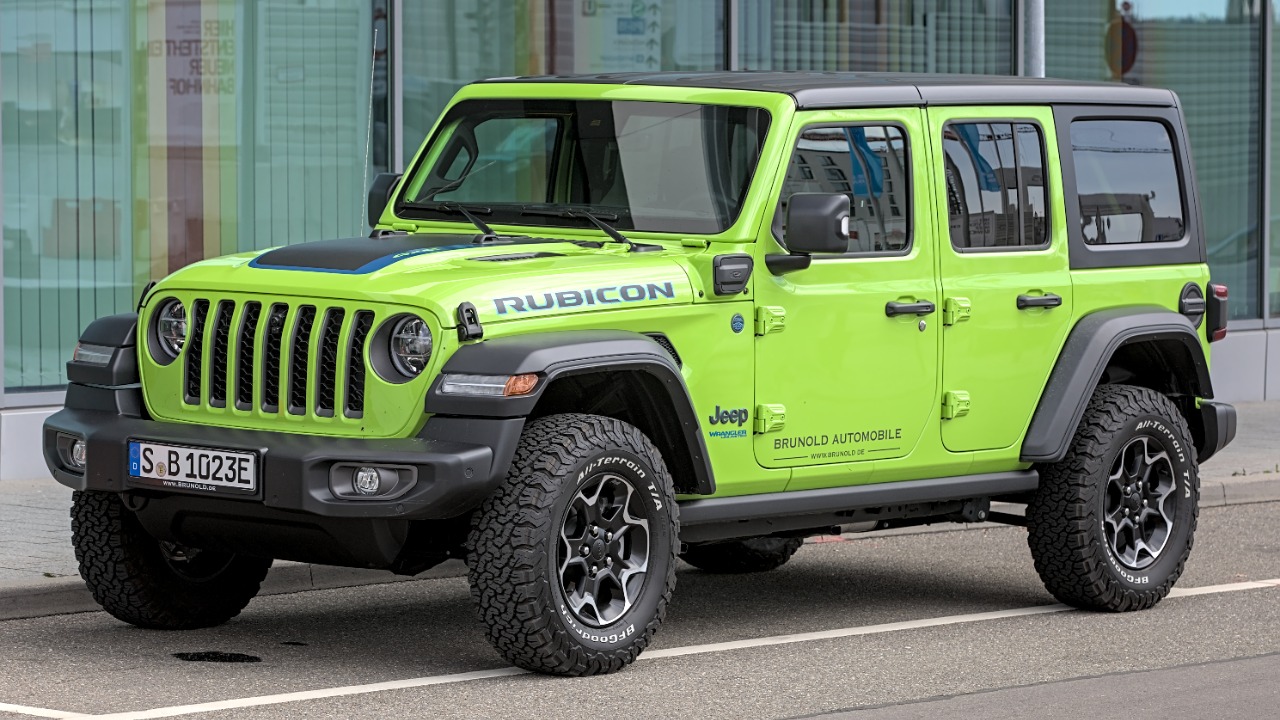
The Jeep Wrangler is a beloved icon among the off-roading community, frequently modified with aftermarket exhaust systems for enhanced performance and sound. However, Switzerland has banned these systems, citing noise pollution concerns. This ban reflects a growing emphasis on environmental considerations and noise control, which are becoming increasingly important in urban planning and development. As cities evolve, the conversation around urban automotive regulations continues to gain momentum.
Oversized Off-Road Tires
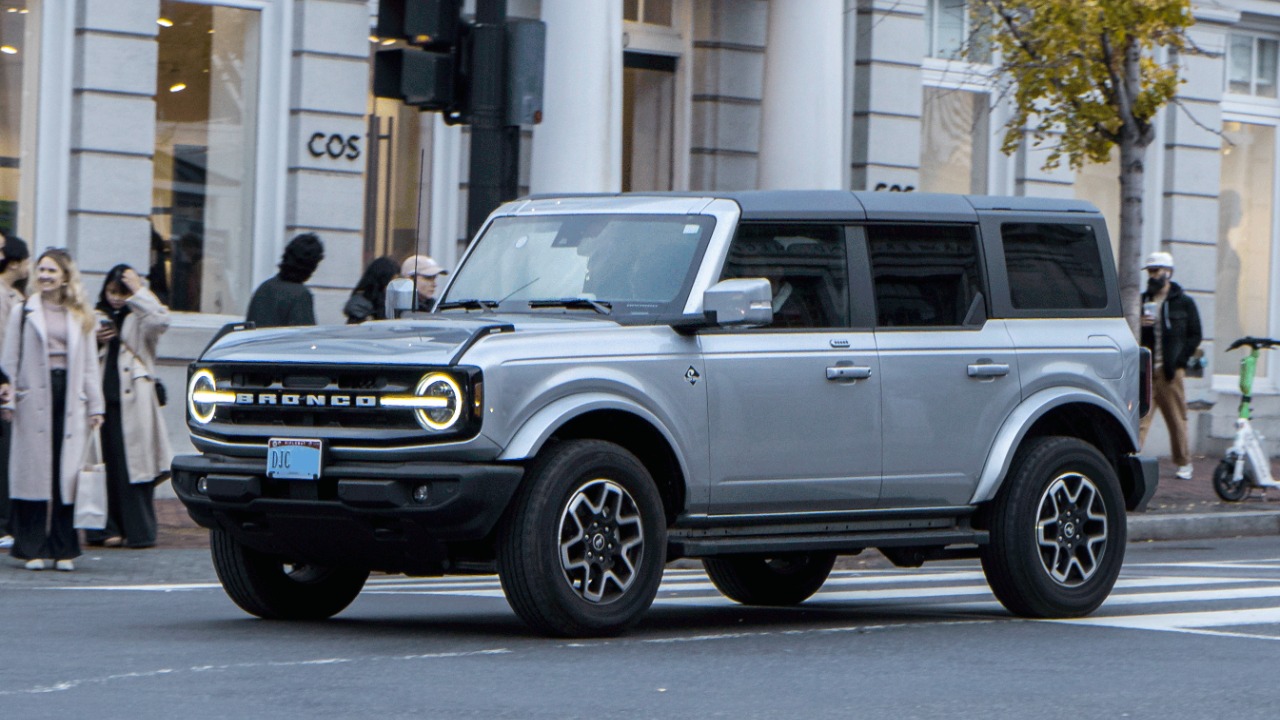
The Ford Bronco is celebrated for its rugged capability, often equipped with oversized off-road tires to tackle tough terrain. However, these tires are banned in certain European countries due to their potential to damage road infrastructure and increase stopping distances. The ban is part of a broader effort to preserve road quality and ensure safety in regions where road preservation is a priority.
Integrated Police-Grade Radar Detectors
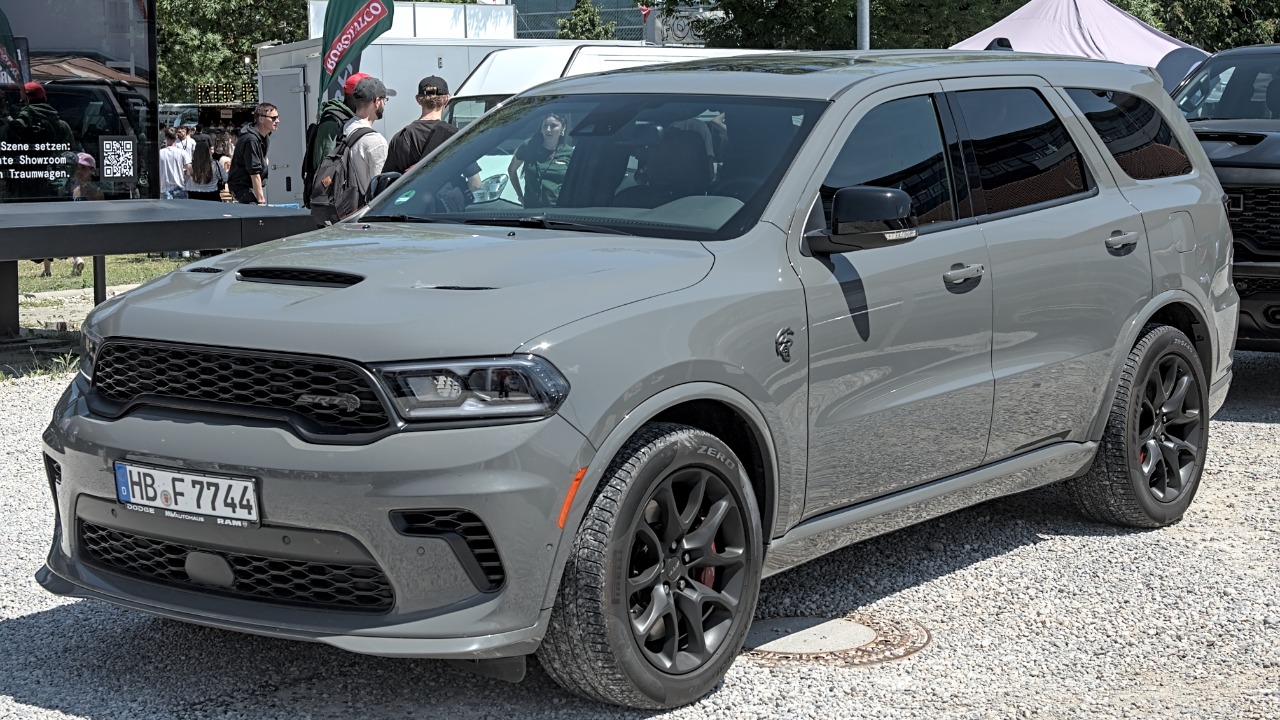
The Dodge Durango offers a range of technological enhancements, including integrated police-grade radar detectors. These devices have been banned in countries like France, where they are considered a threat to law enforcement efforts and road safety. The ban highlights the ongoing tension between automotive technology and regulatory frameworks, emphasizing the need for ongoing dialogue between manufacturers and policymakers as new technologies emerge.